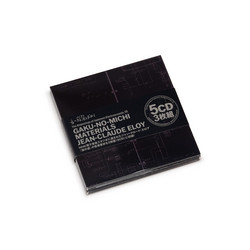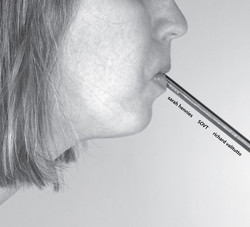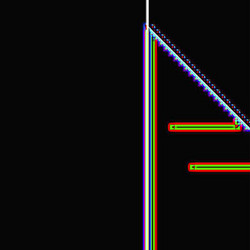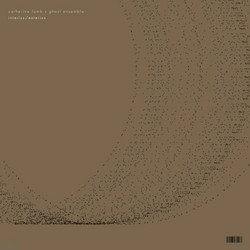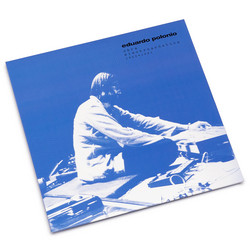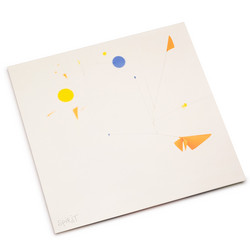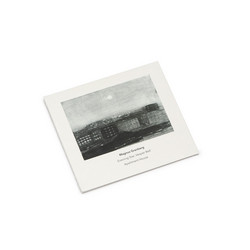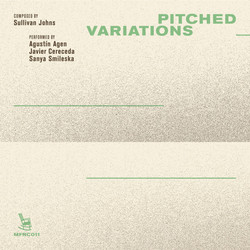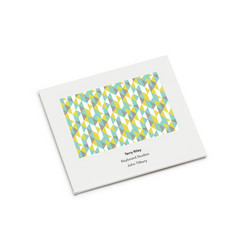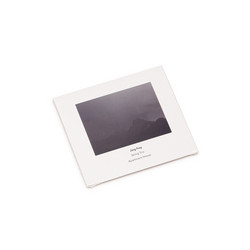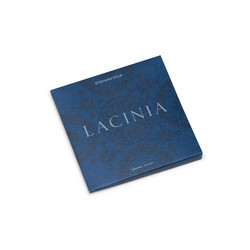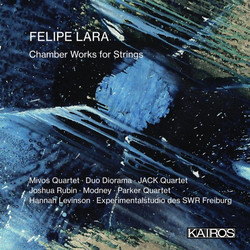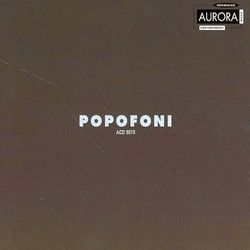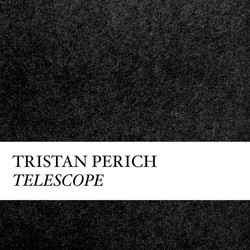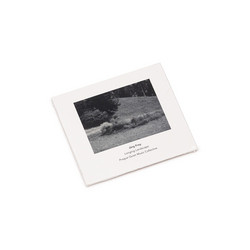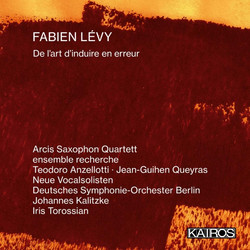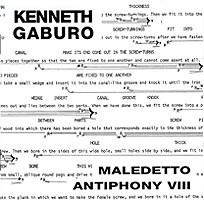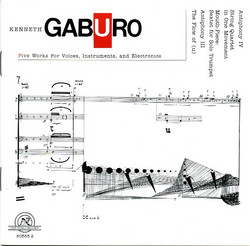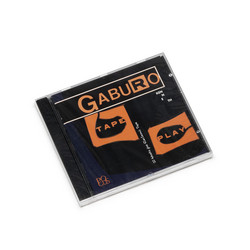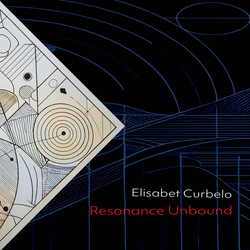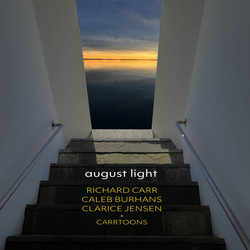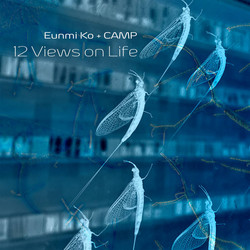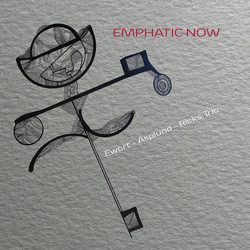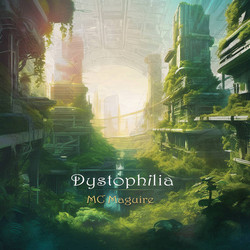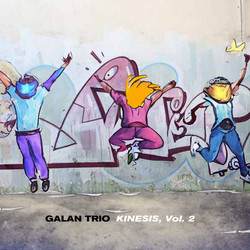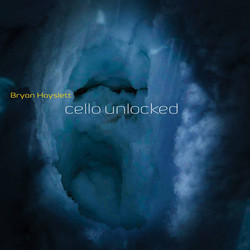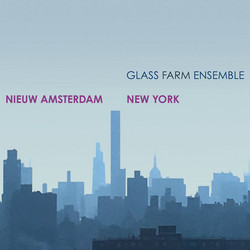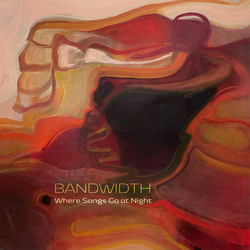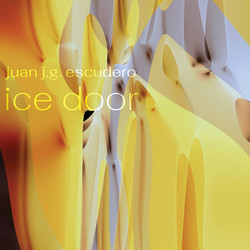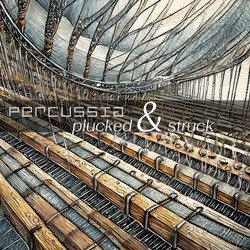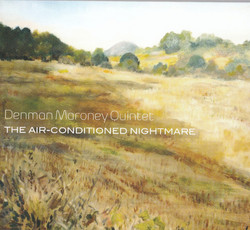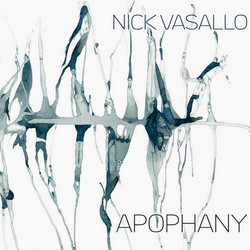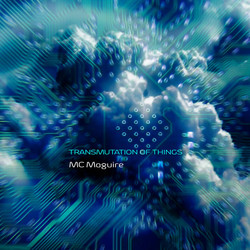Kenneth Gaburo
Kenneth Gaburo Conducts New Music Choral Ensemble 1
It was 1967, the summer of love, and the young radicals were huddled together experimenting, sweating in a tiny airless room. Gibberish, scat, sighs, whispers, as well as more refined musical tones, were coming from their vocal cords. For this was not Haight-Ashbury but Urbana, Illinois, and the New Music Choral Ensemble (NMCE) was merely exploring the boundaries of music.
Instigated by Kenneth Gaburo, pioneer of electronic tape music and compositional linguistics at the University of Illinois, the sixteen student singers formed the first ensemble in the U.S. dedicated to contemporary vocal compositions. Advances in analog synthesizers, music theater, multimedia, and extended instrumental techniques were happening around them but choral music had been left high and dry. They were determined to fix this situation and more than equal to the task. With forty works in their repertoire and as many public concerts on their touring schedule, they established the standard for other generations to follow.
“Music with the looseness of cigarette smoke and the intensity of mature thought,” as Gaburo once described the group’s repertoire. First off, learn to sing in 31-tones-to-the octave Just Intonation. Ben Johnston had written Ci-Git-Satie for the Swingle singers but groovy bachelor pads would not hear it until NMCE managed the task. “The game is not merely to name the tune, nor simply to swing…nor to dabble in the glimmer-shimmer of diamonds, but to DIG.,” Gaburo adds.
Pauline Oliveros’s Sound Patterns had been around since 1961 and explored the overlap between electronic sounds and phonetic timbres. Robert Shallenberg’s Lilacs deconstructs Whitman’s poetry to its phonetic elements too. 1966 Pulitzer Prize-winning composer Leslie Bassett sets a fragment of Dag Hammarskold’s Markings, imitatively and sparingly. Charles Hamm (better known for establishing pop-music musicology) wired his score up to a rotating turntable, had the vocalists perform in canon as it sped by, and fed the tape back live after they had done so. Row, Row, Row Your Boat meets I Am Sitting In a Room?
Kenneth Gaburo’s own two tape works come at the vocal-electroacoustic boundary from the opposite direction. As prerecorded pieces — exit music — they were originally used to give the chorus time to rest and reassemble itself for the next piece. In the context of a live NMCE concert, as here, they are heard in a whole new light.
European composers from Webern’s 1909 atonal waltz to Nono’s 1960 total serialism and Messiaen’s virtuosic and mystical Cinq Rechants of 1948 had been pushing choral limits for some time, but never before on these shores.
NMCE (1965-1968) had recorded Gaburo’s Maledetto (CRI) for seven virtuoso speakers, and Music for Voices, Instruments, and Electronic Sounds (Nonesuch) to wide acclaim (and frequent bemusement). He went on to start three more incarnations at UC-San Diego by which time other choruses such as the Gregg Smith Singers, the Dale Warland Singers, and the Extended Vocal Techniques Ensemble had emerged on the scene.
As Warland notes, “Kenneth Gaburo certainly DID expand my view of what choirs and voices could do; like no other person I have ever known or worked with!” The scent of patchouli may be long gone but these performances remain: now, switched-on, and as seminal as ever.

